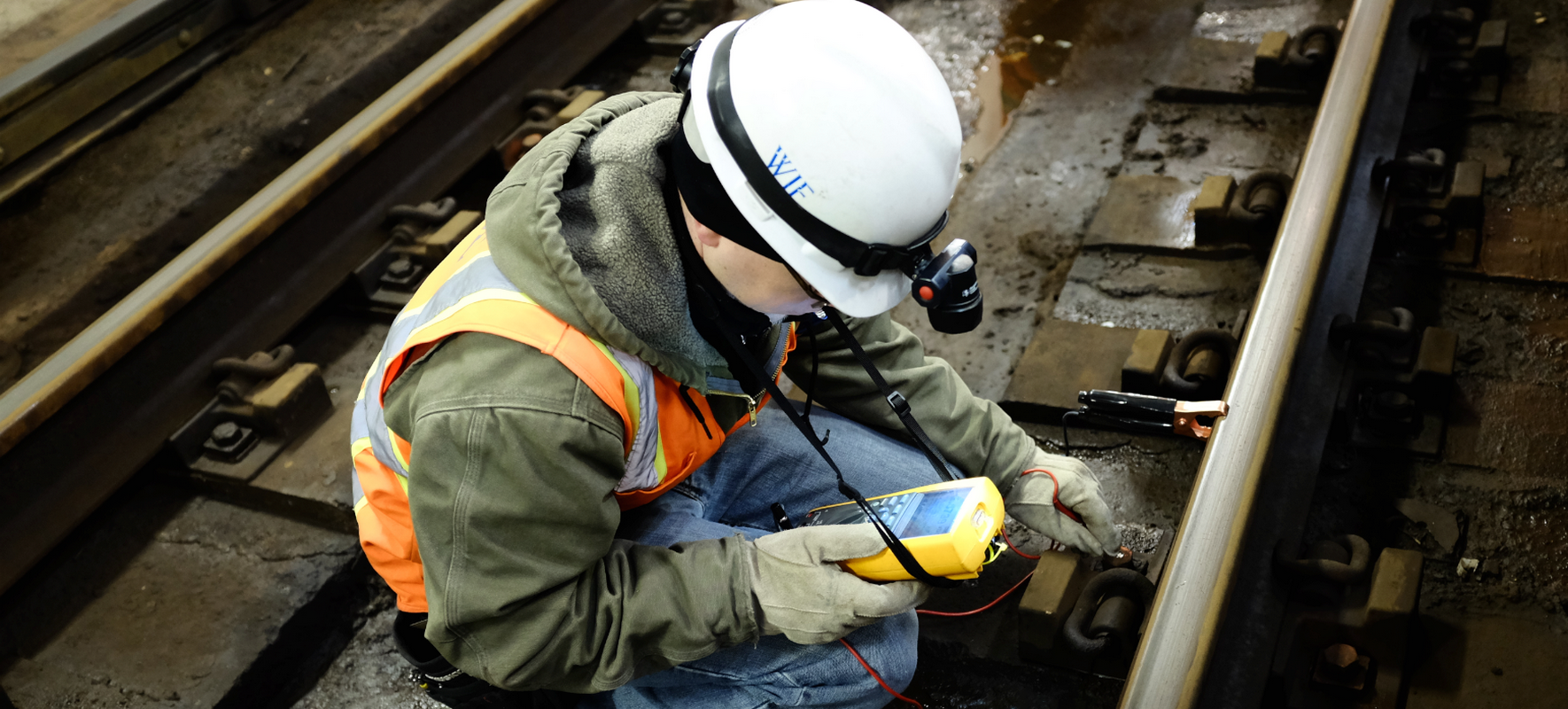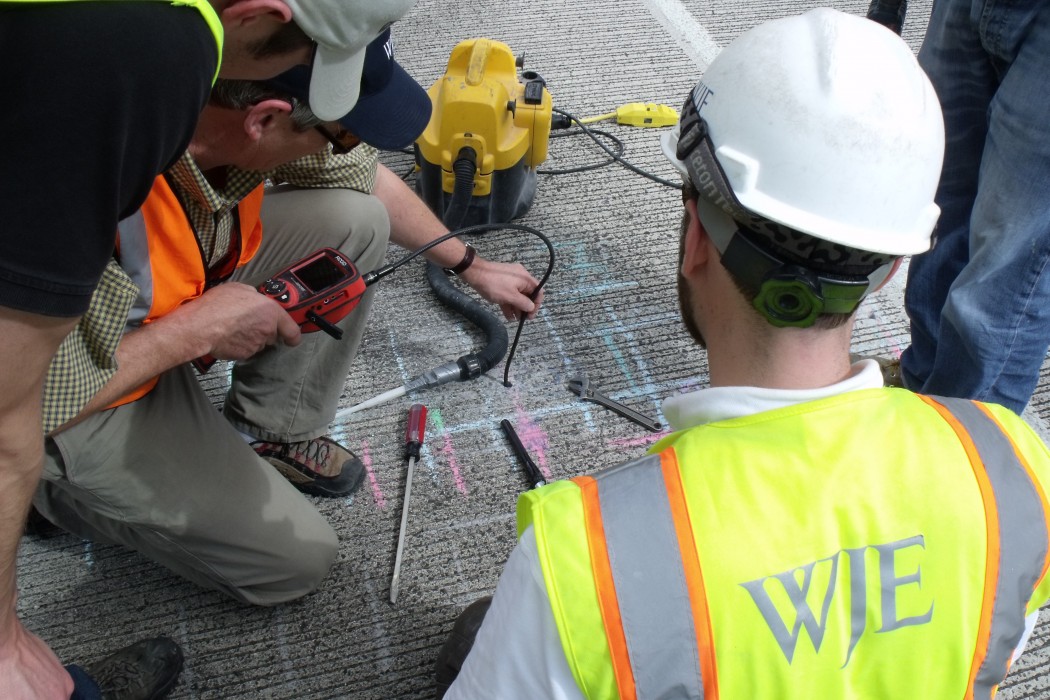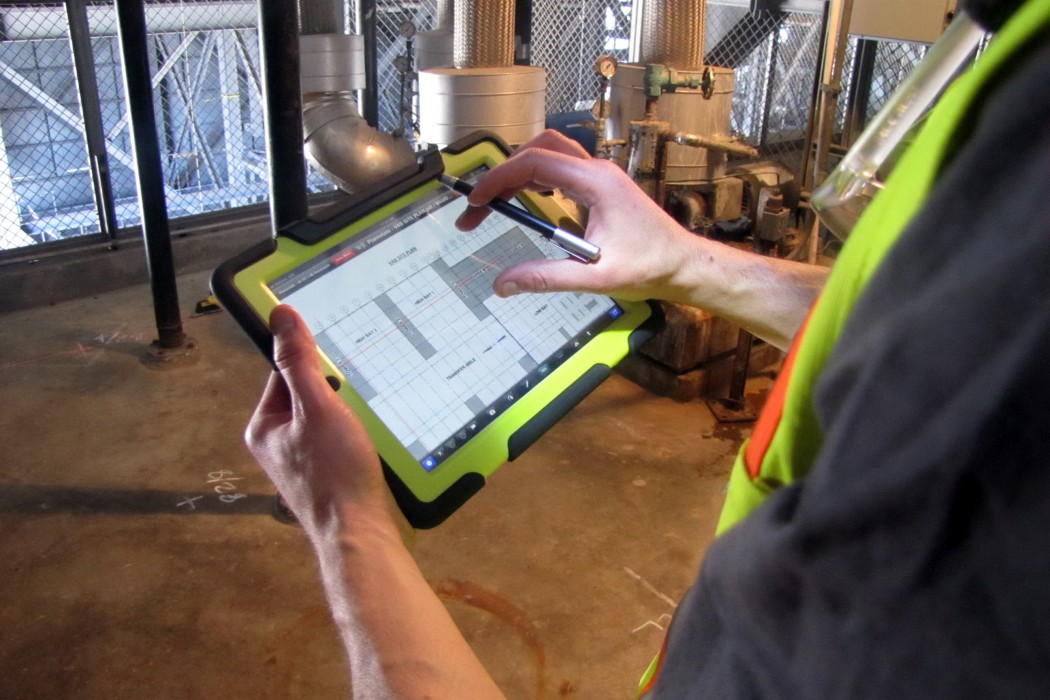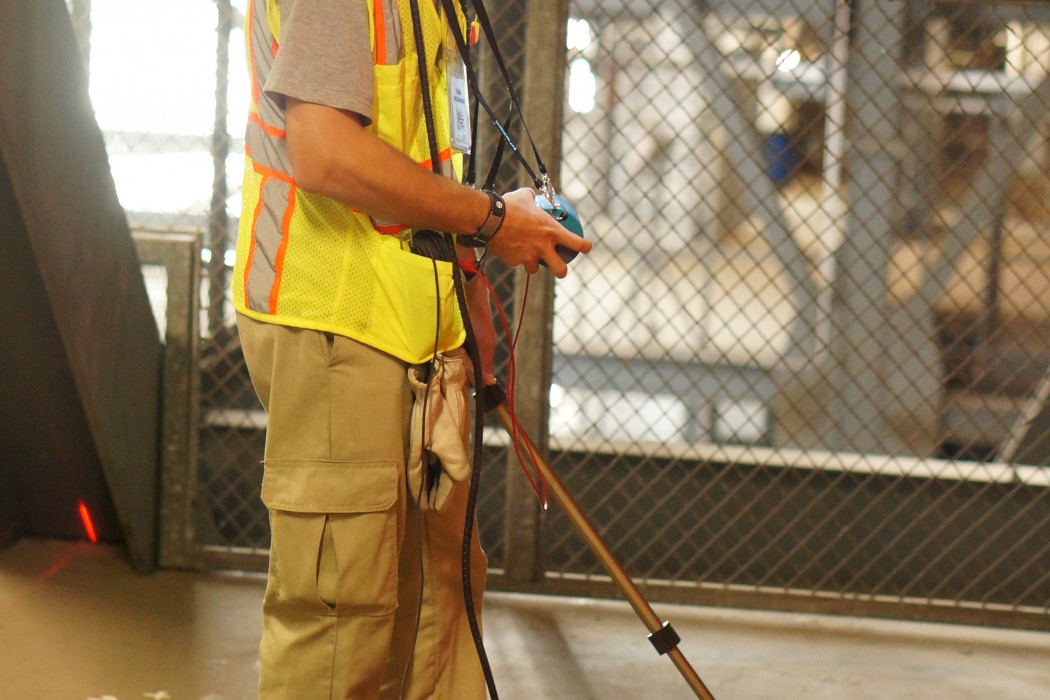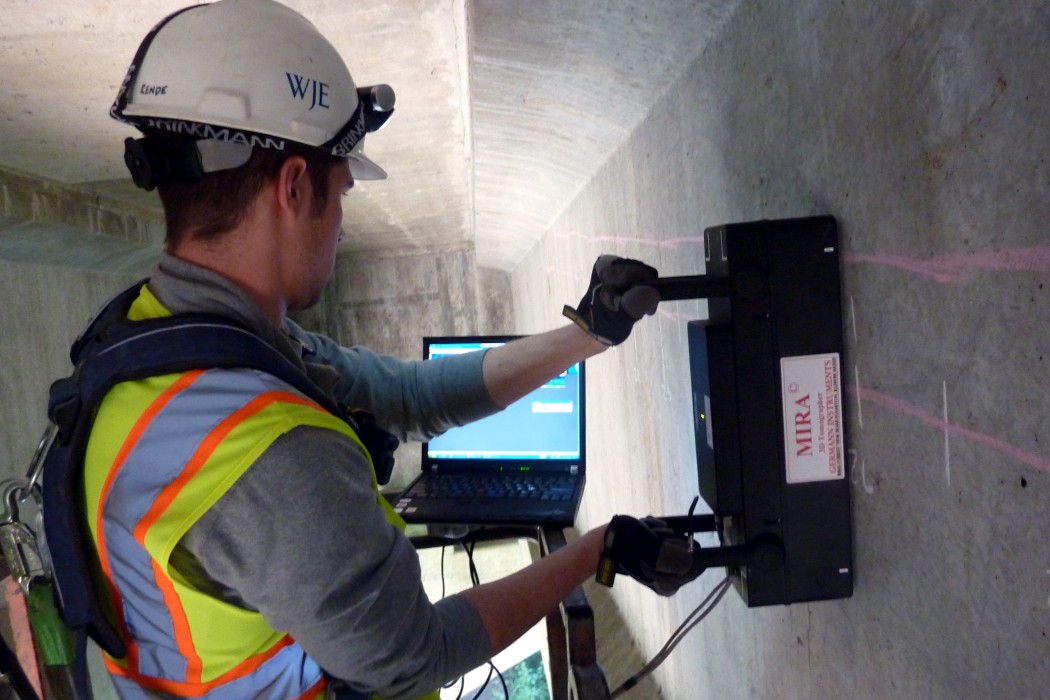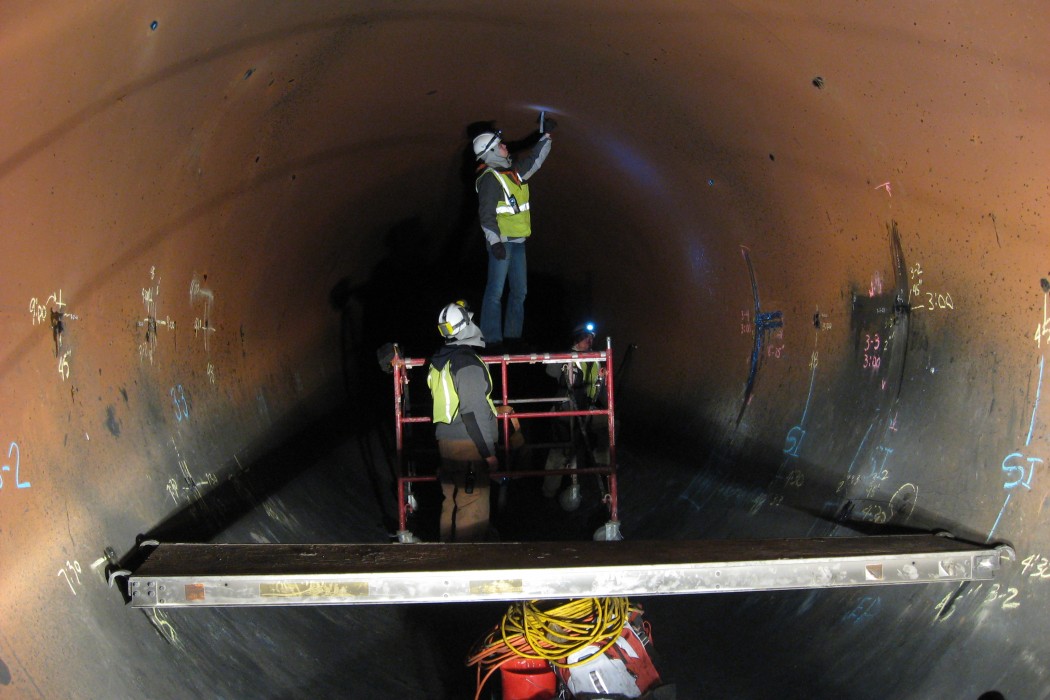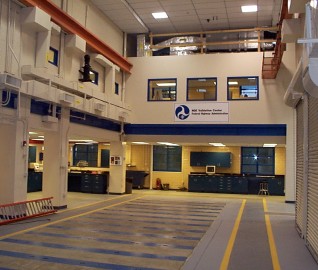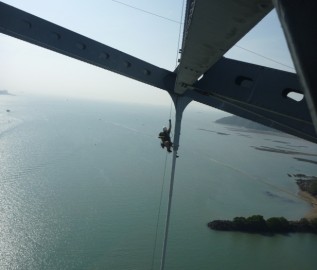When there are uncertainties surrounding a structural, architectural, or materials issue, testing is a crucial step toward understanding its scope and source. Traditional testing methods, though often effective, can be physically intrusive, time-intensive, and costly. Alternately, nondestructive evaluation methods allow for the assessment of as-built conditions, material properties, and distress in a component or system without altering or damaging its form. Used in lieu of or in tandem with traditional testing, these methods can provide valuable information.
We have pioneered the use of nondestructive evaluation methods—such as ground penetrating radar, impact echo testing, half-cell corrosion potential surveying, and infrared thermography—in civil, structural, and architectural investigations. Our depth and breadth of experience evaluating thousands of structures and materials using nondestructive methods are unmatched.
From identifying complex reinforcement placement and internal flaws in nuclear power structures to detecting air leakage and moisture infiltration in historic building envelopes, we offer a wide range of nondestructive evaluation options to efficiently diagnose issues that otherwise may require expensive and disruptive exploratory openings and testing to detect and correct.
In addition to minimizing costs and time spent out of service, nondestructive evaluation techniques allow our engineers to gain a broader understanding of a structure’s condition and performance. We then use this information to develop better targeted and more effective recommendations for our clients.
- Corrosion rate assessment
- Corrosion Assessment and Service Life Evaluation (WJE CASLE™)
- Half-cell corrosion potential surveying
- Resistivity testing
- Reinforcement detection
- Ground penetrating radar
- Impact echo testing
- Ultrasonic pulse velocity testing
- Shear wave ultrasonic tomography
- Impulse response testing
- Infrared thermography
- Ultrasonic inspection of steel
- Eddy current flaw detection
- Magnetic particle testing
- Dye penetrant testing



































